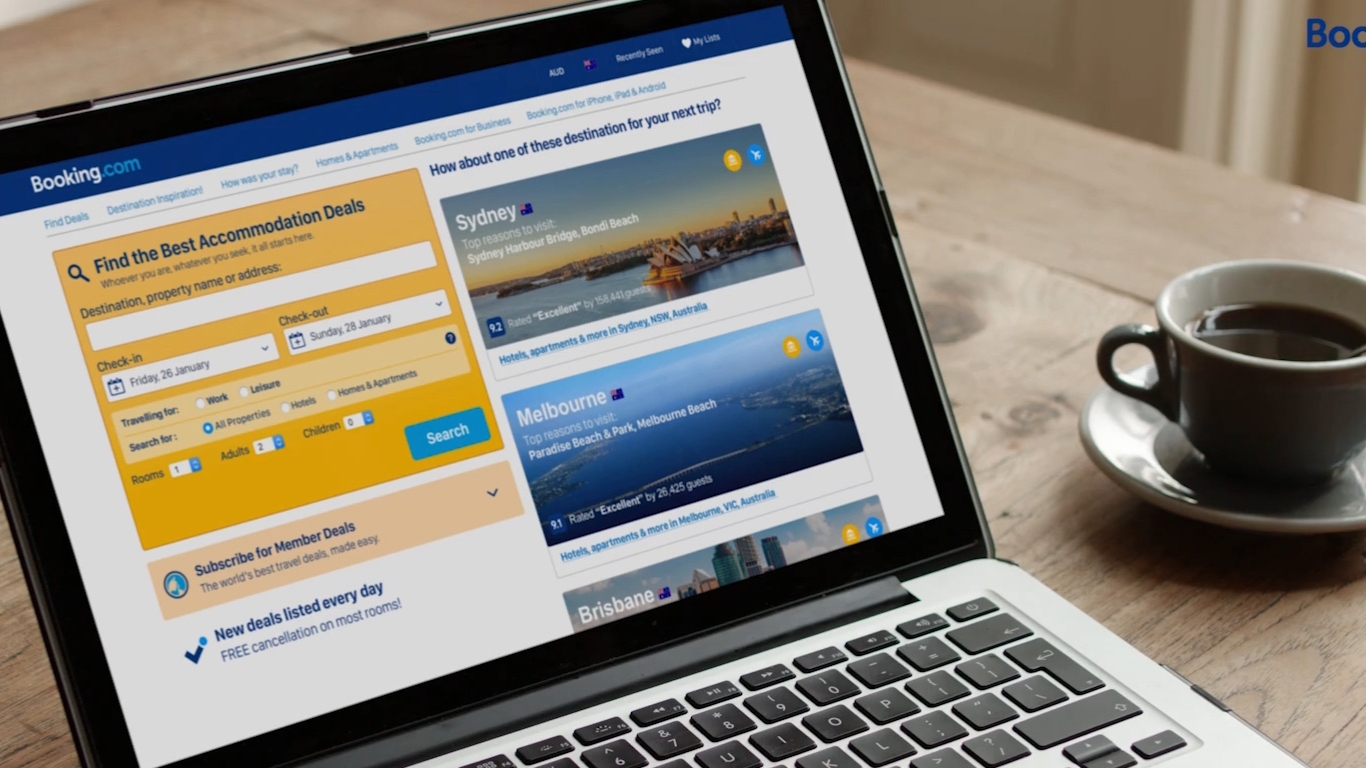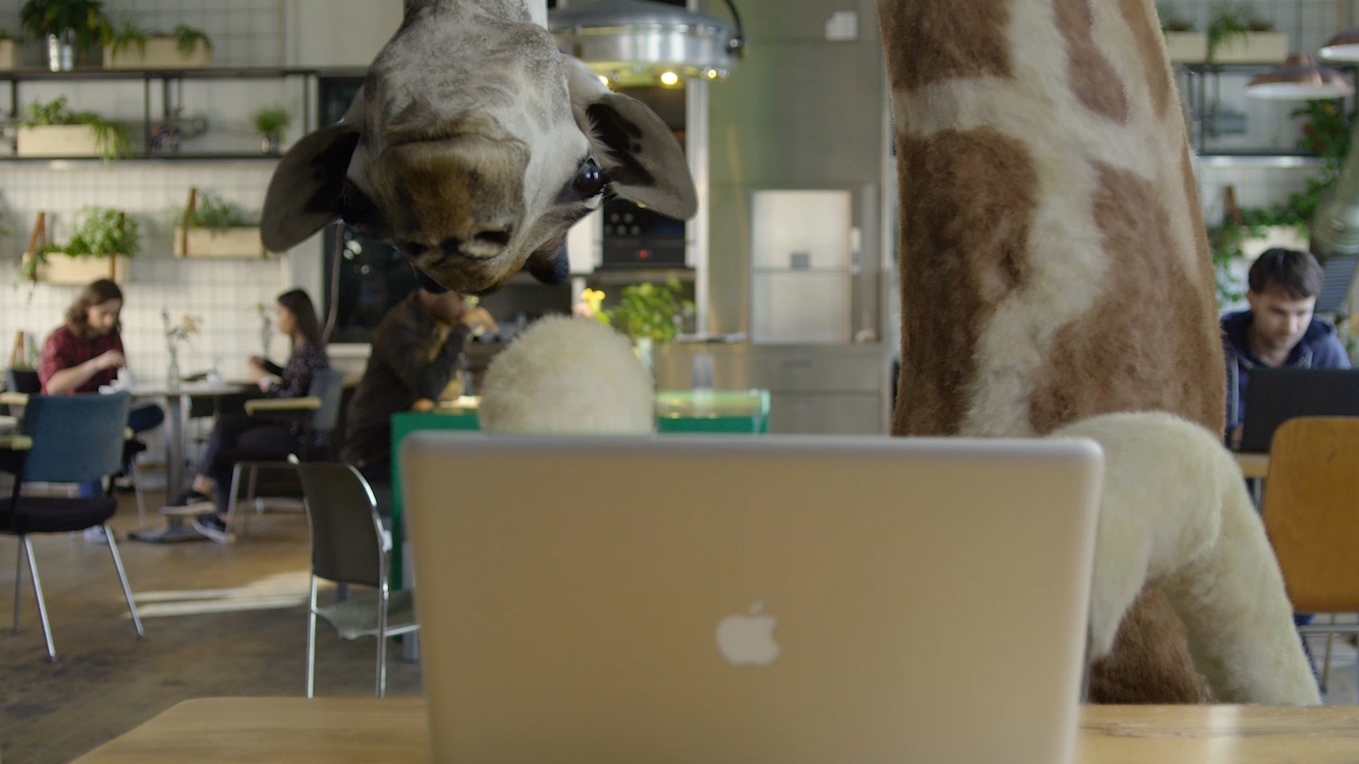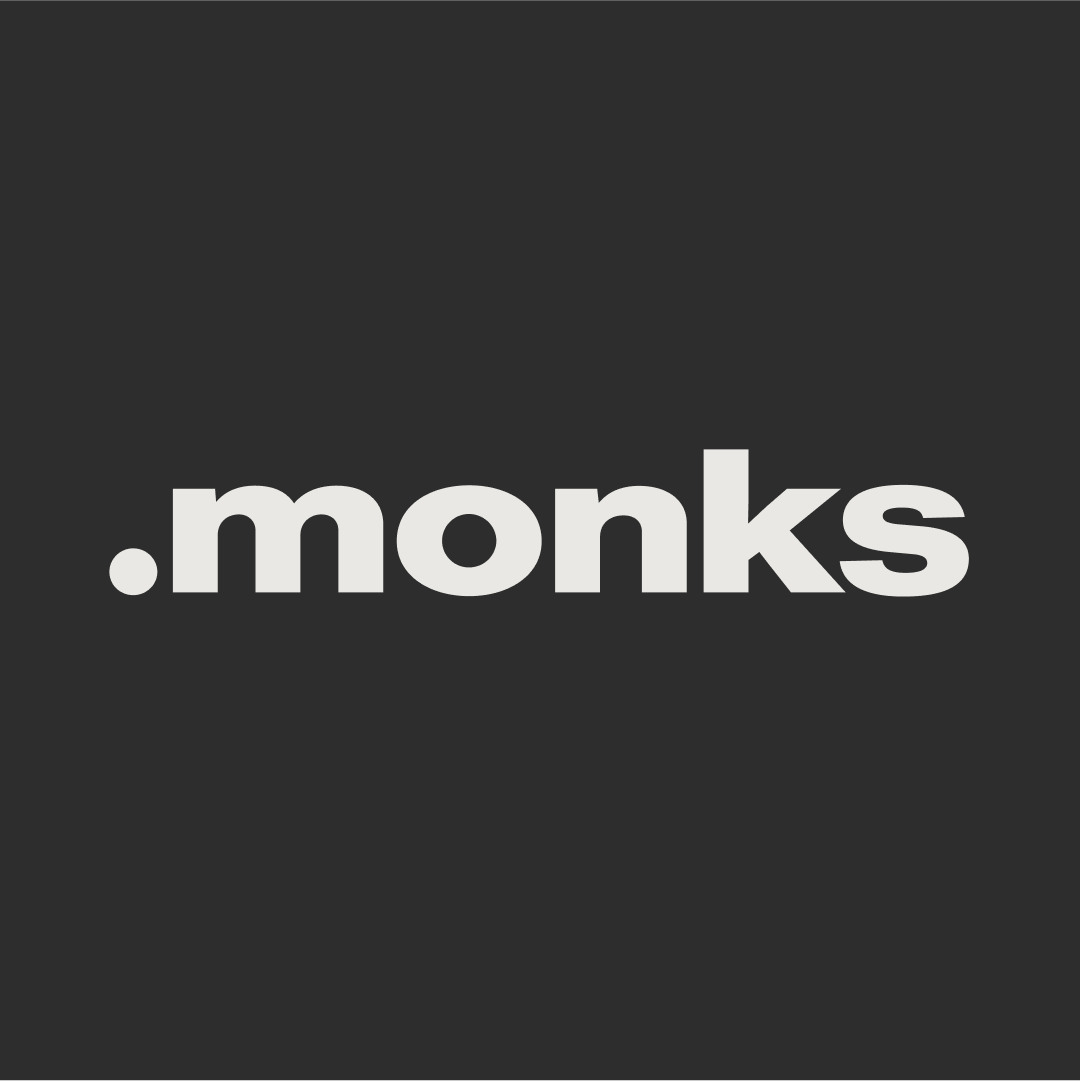No More Cutdowns: How to Frame and Support Hero Content
The Mad Men era championed the “big idea” approach to advertising, but today that tactic feels as vintage as Don Draper’s fashion.
Far from producing just a TV commercial, some print ads and a billboard or two, there are several digital platforms where audiences will expect to see your brand. From YouTube to Facebook to Instagram and beyond, brands must tailor their campaigns and content to the platforms they support. To achieve this, according to Partnerships Director at MediaMonks Liz Pavitt, brands must “rip up the rulebook that traditional agencies have written.”
Creating entertaining and shareable hero content is getting harder and harder, primarily because it’s common for brands to cut down the TVC format (FYI, that’s trade jargon for TV commercial) and call it a day. But this method fails to take advantage of what makes internet platforms unique, not to mention the way audiences interact and respond to content on them. With an abundance of platforms, organizations must take the necessary steps to properly envision and frame their campaign content on a per-platform basis.
“A TVC doesn’t necessarily work on the internet by default,” says Pavitt, “so it’s essential to design an ecosystem of content that fits its respective platform to support the hero content.” Easier said than done? Maybe, but it doesn’t need to be. Building a truly integrated campaign must start from effectively framing your content for the platforms it will call home. From there, everything falls into place.
Turn Hero Content into Superhero Content
A good starting point is to revise the way you approach hero content. Hero content is the big “hook” for your campaign that raises awareness of your brand overall, and is probably the first piece of content from you that your audience will encounter. This means it should have broad, wide appeal much like a TVC, but there’s a difference: when it’s designed for social, it must be shareable, too. This is where a lot of organizations fall into trouble, but Pavitt suggests that understanding your audience and how your brand aligns with their values is key for producing content they’ll want to share: “What is your audience talking about, and does it reflect your brand? What can you naturally add to the conversation?”



We mentioned above how the one-size-fits-all TVC format is a bit outdated, and here’s why: leaps in technology have allowed brands to produce irresistible content that can hook in audiences with higher relevance. For example, we created 162 videos for Booking.com made with Google’s VOGON technology. The dynamic videos are stitched together according to users’ search histories, reacting to their interests by representing different versions of the same narrative thread. It’s a bit like Black Mirror’s Bandersnatch, but without the user input, allowing for a more personalized yet consistent experience. The process shows what you can achieve when working beyond the typical, static TVC format, especially when everyone is looking for more content for less budget.
Build Content Around Specific Features
While hero content should hook audiences in with broad appeal, hub content focuses more on targeting specific audience interests and segments. This is where organizations feel the pressure to produce an always-on cascade of intriguing content, which can be tough to find resources and time for. One strategy is to tailor content around specific platforms: a video might translate to a GIF on social, a photo into a cinemagraph for your blog or a behind-the-scenes video can make for an Instagram story.
It’s essential to design an ecosystem of content that fits its respective platform.
When designing your hub content, pay special care to supporting the specific context and interactions that users make on those platforms. Each of a platform’s unique features can provide new ways to interact with your audience. Facebook offers hologram-like “3D photos,” for example, that users can see from different angles by moving their devices. Meanwhile, Instagram offers several opportunities for immediate user feedback through polling and Q&A’s with its stories feature. Also consider the device used: while vertical video has been much maligned in the past, for example, shooting 9:16 video natively for vertical displays is always preferable to chopping off the sides of a widescreen video instead.
To meet its highest potential, consider how your campaign can use and build upon these features. Thinking outside the box by creatively playing within platforms’ constraints can also get you far, like making games out of Instagram stories. Along this line of thinking, consider your campaign not as a big idea from which everything else grows, but rather an aggregate of smaller, unique experiences that fit the platform.
Make Your Process More Agile and Flexible
“The internet is encouraging people to expect faster results, which in turn translates to the creative process,” says Pavitt. “We all have to work on ways to work faster and publish quicker without sacrificing quality.” When it comes to supporting integrated campaigns, organizations will have to adopt a more flexible approach and remain open to translating existing content from one format to another—as long as it makes sense for the platform.
We plan for the unplanned.
For example, there have been several times in our own work where we’ve noticed that our behind-the-scenes films serendipitously offered great nuggets of content that had to be shown to the world. For example, we poked fun at expectations versus reality when we prepared to launch a KFC Zinger sandwich into space with Wieden+Kennedy, producing a video that juxtaposed a dramatic unveiling of a (fictional) interstellar chamber test with the less-than-stellar reality of a sandwich sitting in an empty room, watched by a rather bored-looking Monk. With a sense of humor, we could stand tall on a mountain built from a humble little molehill.
Sometimes things aren’t as cool to watch as they sound, but that doesn’t mean you or your audience can’t have fun with it. “We plan for what we can plan for, but we also plan for the unplanned,” says Pavitt, providing a true MediaMonks-style koan. “By having the flexibility to work on the fly, we can often over-deliver and really stretch the budget.” Flexibility is what it all boils down to, allowing for new ways to envision your content on both established and emerging platforms across the user’s journey and never missing a beat.
Related
Thinking
Sharpen your edge in a world that won't wait
Sign up to get email updates with actionable insights, cutting-edge research and proven strategies.
Monks needs the contact information you provide to us to contact you about our products and services. You may unsubscribe from these communications at any time. For information on how to unsubscribe, as well as our privacy practices and commitment to protecting your privacy, please review our Privacy Policy.


